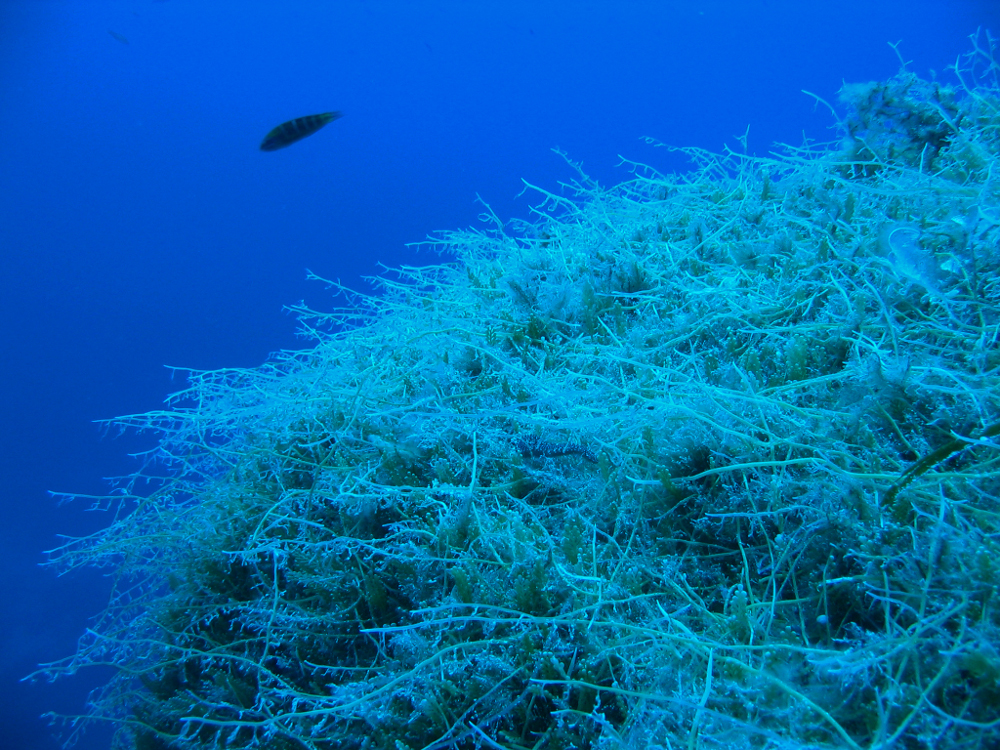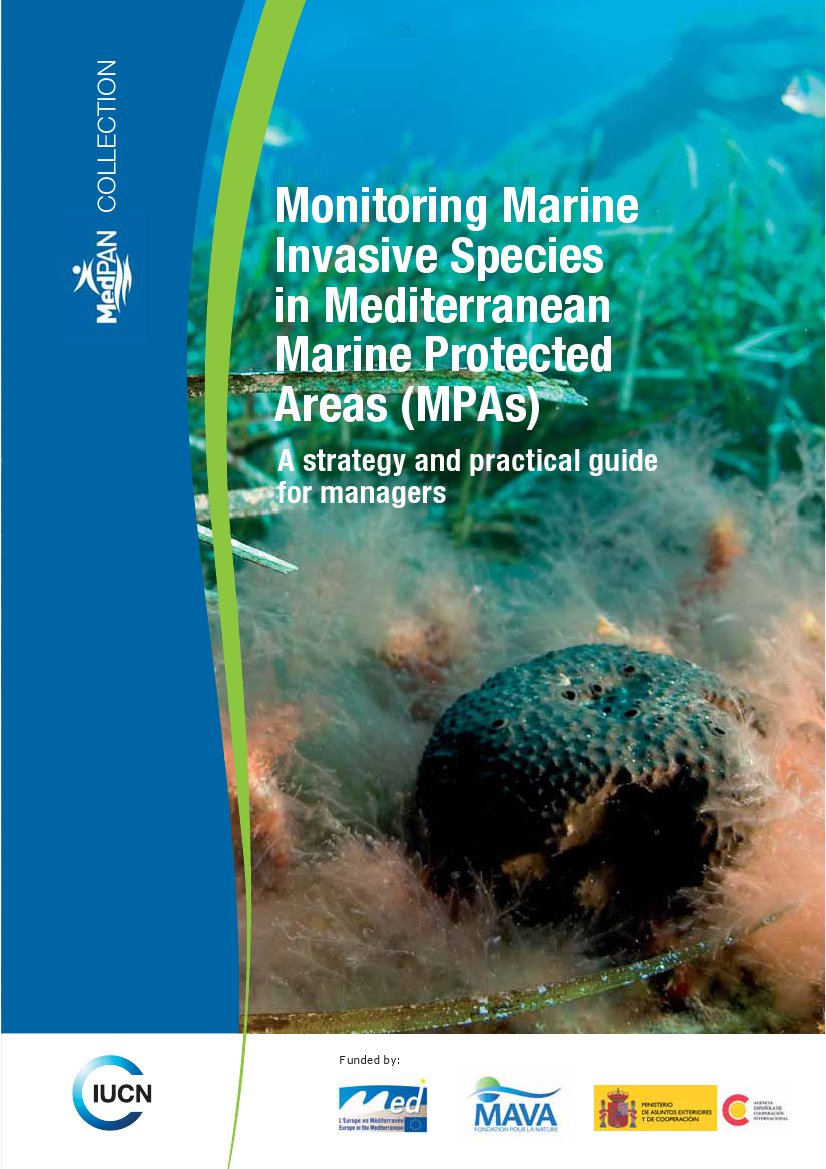A new strategy to fight sea invaders in the Mediterranean
As alien species from the Red Sea, the Atlantic Ocean and beyond find new habitats in the Mediterranean, the new guide by the IUCN Centre for Mediterranean Cooperation provides the clues to the most dangerous invasive marine fauna and flora and pinpoints towards best management options to control and eradicate them from marine protected areas.
Around half a hundred species are mapped in this practical guide to assist marine protected area managers in monitoring and controlling the spread of invasive alien marine species. The guide advises on how to monitor and identify forty-seven highly invasive species and what can be done to prevent their establishment and spread in marine protected areas (MPAs).
The interaction of the natural flow of species across seas together with the observed climate change factors and human activities such as aquaculture and maritime traffic is drawing a new marine seascape in the Mediterranean. Marine protected areas should be aware of this and learn how to manage and monitor the invasion of species in their ecosystems”.
Such is the case of the highly invasive algae Caulerpa racemosa or Caulerpa taxifolia, which can occupy many shallow water areas and alter the physical and chemical conditions of the environment, seriously affecting coastal ecosystems. The dramatic spread of other highly poisonous fishes such as the pufferfish Lagocephalus along the Mediterranean coasts, can also cause severe economic impacts on fisheries, their flesh is toxic when consumed and the fish damage both fishing gear and catch.
The new IUCN publication in three languages offers an overview of the current situation in the Mediterranean concerning the status of the so-called “black list of marine invasive species”, making available a strategy and the tools to design monitoring programmes in marine protected areas.
Developed under the framework of the Programme Med- European Regional Development funded project, MedPAN North, together with the financial assistance of the Mava Foundation and the Spanish Agency for International Cooperation and Development (AECID),
For further info: María del Mar Otero






